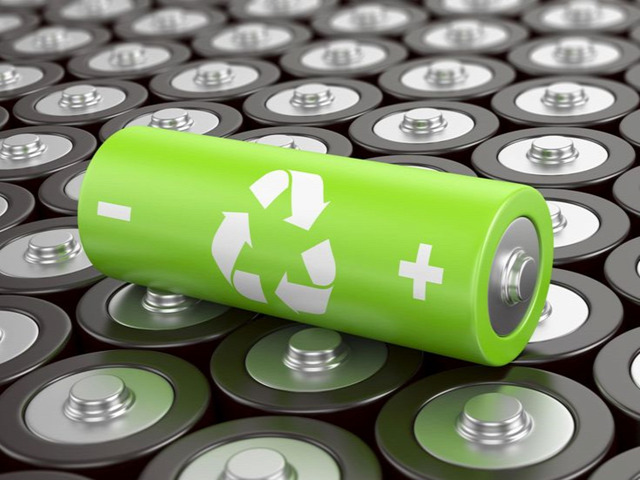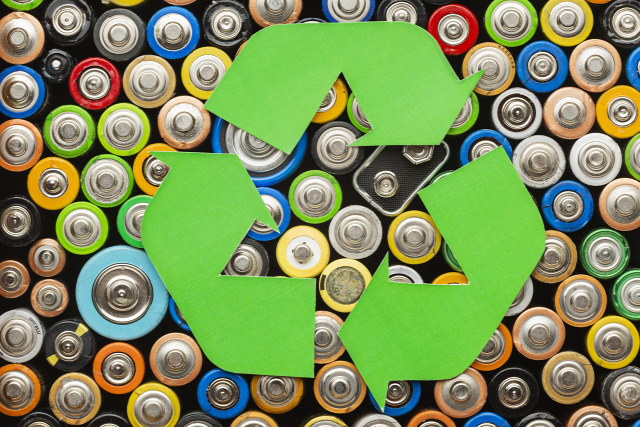
The Asia-Pacific region, home to some of the world's largest and fastest-growing economies, is at the forefront of technological advancements and industrial growth. With the rise in electric vehicle (EV) adoption, renewable energy integration, and the proliferation of consumer electronics, the demand for lithium-ion batteries has surged. Consequently, the need for efficient and sustainable lithium-ion battery recycling has become increasingly critical.
Understanding Lithium-Ion Battery Recycling
“Lithium-Ion Battery Recycling” involves the recovery of valuable materials such as lithium, cobalt, nickel, and manganese from spent batteries. These materials are then reused in the production of new batteries, which helps to reduce the environmental impact of battery disposal and conserve natural resources.
According to BIS Research Principal Analyst, the Asia-Pacific lithium-ion battery recycling market was valued at $2,304.7 million in 2023, and it is expected to grow at a CAGR of 21.85% and reach $16,629.5 million by 2033 during the forecast period of 2023-2033.
Asia-Pacific Market Dynamics
Rising Demand for Electric Vehicles:
- Government subsidies, incentives, and stringent emission regulations promote EV adoption.
- Increased lithium-ion battery use and disposal.
Technological Advancements:
- Significant innovations in battery technology and recycling processes.
- Enhancements in efficiency and cost-effectiveness.
Environmental Regulations:
- Stringent policies aimed at reducing electronic waste.
- Promotion of recycling to comply with regulations.
Resource Sustainability:
- Need to conserve critical raw materials.
- Encouragement of recycling infrastructure development to reduce mining dependence.
Economic Growth:
- Rapid industrialization and urbanization increase electronics and energy storage consumption.
- Higher volume of spent batteries generated.
Asia-Pacific Lithium-Ion Battery Recycling Market Segmentation
Segmentation 1: by Battery Chemistry
- Lithium-Cobalt Oxide (LCO)
- Lithium-Nickel Manganese Cobalt (Li-NMC)
- Lithium-Manganese Oxide (LMO)
- Lithium-Iron Phosphate (LFP)
- Lithium-Nickel Cobalt Aluminum Oxide (NCA)
Segmentation 2: by Source
- Automotive
- Non-Automotive
- Consumer Electronics
- Energy Storage Systems
Segmentation 3: by Recycling Process
- Hydrometallurgy
- Pyrometallurgy
- Direct Recycling
Segmentation 4: by Country
- China
- Japan
- South Korea
- India
- Rest-of-Asia-Pacific
Explore in-depth insights on "APAC lithium-ion battery recycling market research". Request your FREE sample report now!
APAC Market Challenges and Opportunities
While the lithium-ion battery recycling market in the Asia-Pacific region presents substantial opportunities, it also faces several challenges:
Technical Complexity: Recycling lithium-ion batteries is a complex process that requires advanced technologies and expertise.
Economic Viability: The profitability of recycling operations can be affected by fluctuating raw material prices and the cost of recycling processes.
Collection and Transportation: Efficient collection and transportation of spent batteries pose logistical challenges in the Automotive industry.
Regulatory Compliance: Navigating varying regulatory frameworks across different countries can be challenging for recycling companies.
Conversely, the market presents numerous opportunities:
Technological Innovation: Advancements in recycling technologies can improve efficiency, reduce costs, and enhance material recovery rates.
Strategic Partnerships: Collaborations between battery manufacturers, recycling companies, and governments can drive the development of a robust recycling infrastructure.
Circular Economy: Embracing a circular economy approach, where materials are continuously recycled and reused, can create sustainable business models.
Consumer Awareness: Increasing awareness about the environmental benefits of recycling can drive consumer participation and support for recycling initiatives.
Key Prominent Companies in the Market
- Contemporary Amperex Technology Co., Limited
- Ganfeng Lithium Co., Ltd.
- Neometals Ltd.
- Sumitomo Metal Mining Co., Ltd.
Future Market Prospects
The future of the lithium-ion battery recycling market in the Asia-Pacific region looks promising, with several trends likely to shape its trajectory:
- Integration with Manufacturing
- Policy Support
- Scaling Up
- Global Expansion
Conclusion
The Asia-Pacific lithium-ion battery recycling industry is poised for significant growth, driven by the rising demand for electric vehicles, technological advancements, stringent environmental regulations, resource sustainability, and economic growth. By addressing challenges related to technical complexity, economic viability, collection and transportation, and regulatory compliance, and leveraging opportunities in technological innovation, strategic partnerships, circular economy approaches, and consumer awareness, the potential of lithium-ion battery recycling in powering a sustainable future can be fully realized.


